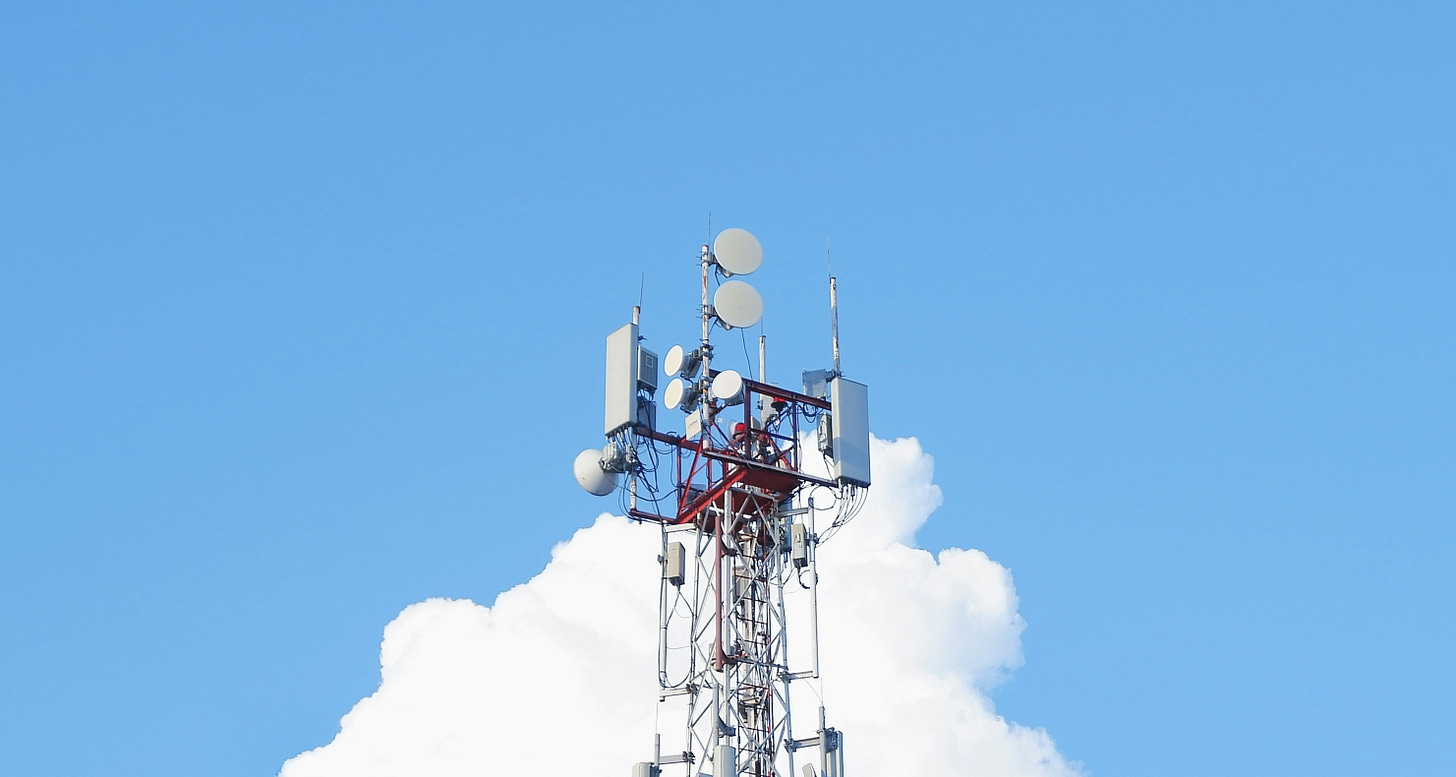NATO Turns to Oracle and Druid Software for Secure Battlefield 5G Connectivity

The NATO Cooperative Cyber Defence Centre of Excellence (CCDCOE) is taking a step toward securing next-generation military communications. Based in Tallinn, Estonia, the Centre has selected Oracle and Druid Software to design and safeguard private 5G networks that will underpin NATO’s research, wargaming, and cyber defence initiatives.
“The CCDCOE has been advancing research on 5G networks to support NATO and its member nations. Secure, resilient 5G adds a vital layer to existing communications, while portable, private networks with seamless roaming enable faster, more effective data sharing, keeping NATO forces a step ahead of adversaries,” said Tõnis Saar, Director of CCDCOE.
These networks aren’t for civilian use. They are meant for the edge of conflict—testing how resilient, high-speed connectivity can hold up when lives and infrastructure depend on it. The CCDCOE’s decision to bring Oracle’s 5G Security Edge Protection Proxy (SEPP) into its test environments shows a shift toward treating data integrity as a front-line asset. The SEPP, a key part of Oracle’s 5G Core portfolio, provides end-to-end encryption for roaming data across allied networks, a capability useful for secure coordination between NATO forces.
Oracle deployed its SEPP software on Druid’s “Raemis” 5G core network running over Oracle’s Roving Edge Devices. The pilot program confirmed that this combination could deliver both mobility and security, allowing allied units to share critical information instantly, without exposing sensitive signals to interception or tampering.
The partnership also signals a new role for commercial technology companies in NATO’s digital transformation. “Safeguarding mission-critical and sensitive information over communications networks is paramount to national and global security,” said Andrew Morawski, Oracle’s EVP for Regulated Industries.
While it may seem surprising that militaries plan to use 5G networks to communicate on modern battlefields, the war in Ukraine has already shown that soldiers rely on whatever tools they have—often iPhones and other personal devices. In fact, Ukraine has even restricted 5G access during drone strikes to disrupt and disable incoming ordnance.

